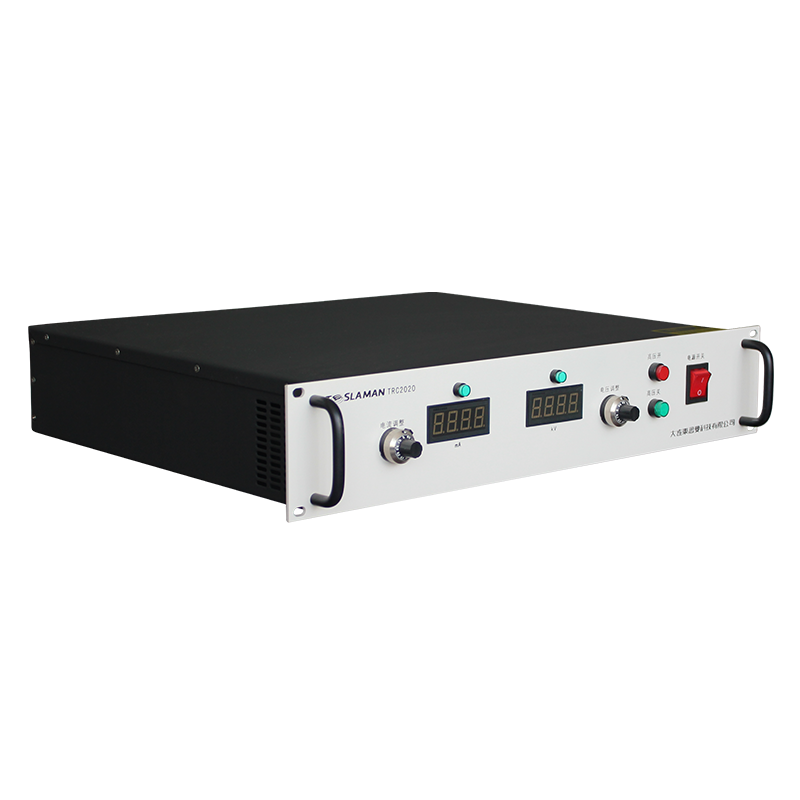Application of Electrostatic Polarization Technology in Materials Science Guided by High Voltage Power Supply
With the continuous progress of technology, high voltage power supply technology, as a crucial research field, has provided robust support for the development of electrostatic polarization technology. In the field of materials science, electrostatic polarization technology demonstrates significant potential applications, driving new breakthroughs in material research.
## Importance of High Voltage Power Supply
As a key component in power supply systems, the stability and efficiency of high voltage power supply are crucial for various electronic devices and laboratory applications. In electrostatic polarization technology, the high voltage power supply not only provides necessary electrical energy but also ensures the stability of the electrostatic field through a precise electronic control system, offering a reliable electric field environment for material science research.
## Principles of Electrostatic Polarization Technology
Electrostatic polarization technology involves applying high voltage to the material's surface, leading to the formation of charge distribution and generating an electrostatic field. This technology, under the influence of high voltage power supply, can precisely control the surface morphology, chemical properties, and electrical properties of materials at a microscopic scale.
## Applications of Electrostatic Polarization Technology in Materials Science
### 1. Surface Coating Modification
By utilizing the electrical energy provided by the high voltage power supply, electrostatic polarization technology can create a uniform charge layer on the material's surface, achieving directional modifications. This characteristic plays a crucial role in surface coating modification, imparting superior properties such as wear resistance and corrosion resistance to materials.
### 2. Nanomaterial Synthesis
Electrostatic polarization technology demonstrates unique advantages in the synthesis of nanomaterials. Manipulating the dispersion state of materials under high electric fields allows precise control and assembly of nanoparticles. This innovative approach facilitates the preparation of nanomaterials with special structures and properties.
### 3. Tuning Material Properties
In materials science research, electrostatic polarization technology, by altering the charge distribution on the material surface, can tune the electrical and chemical properties of materials. This precise property tuning offers new perspectives for the customized design of materials, with potential applications in electronic devices, sensors, and other fields.
## Conclusion
Guided by high voltage power supply, electrostatic polarization technology brings unprecedented opportunities to materials science research. Through the effective utilization of high voltage power supply technology, we can precisely manipulate the surface properties of materials, driving innovation and development in the field of materials science. Ongoing breakthroughs in this field are expected to provide a solid foundation for future applications of materials and the advancement of electronic technology.




















